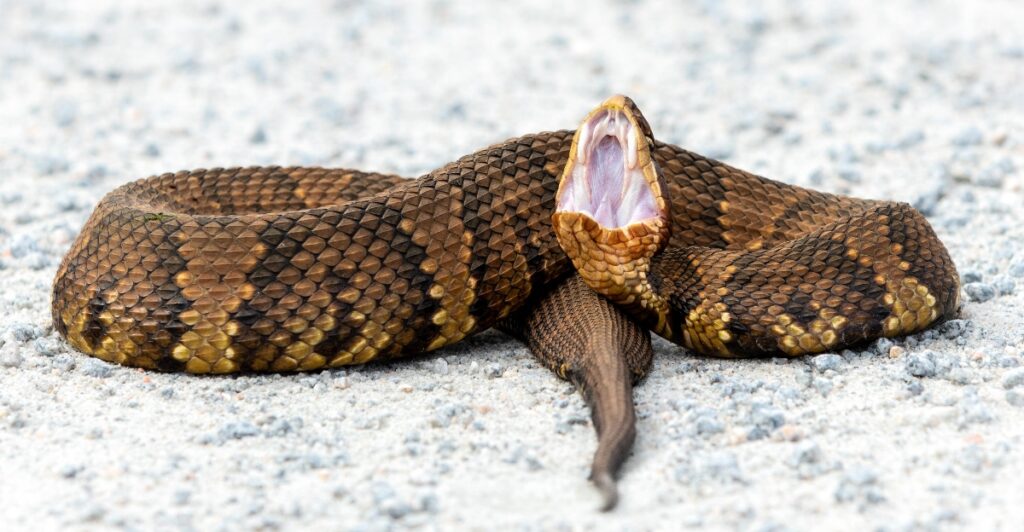
Identifying venomous snakes can save lives and help you avoid unnecessary panic. Here are some simple guidelines to follow that may help you distinguish venomous snakes from harmless ones based on their physical traits and behavior. While these tips are useful, there are always exceptions, so stay cautious and maintain a safe distance from any snake.
Check the Pupils
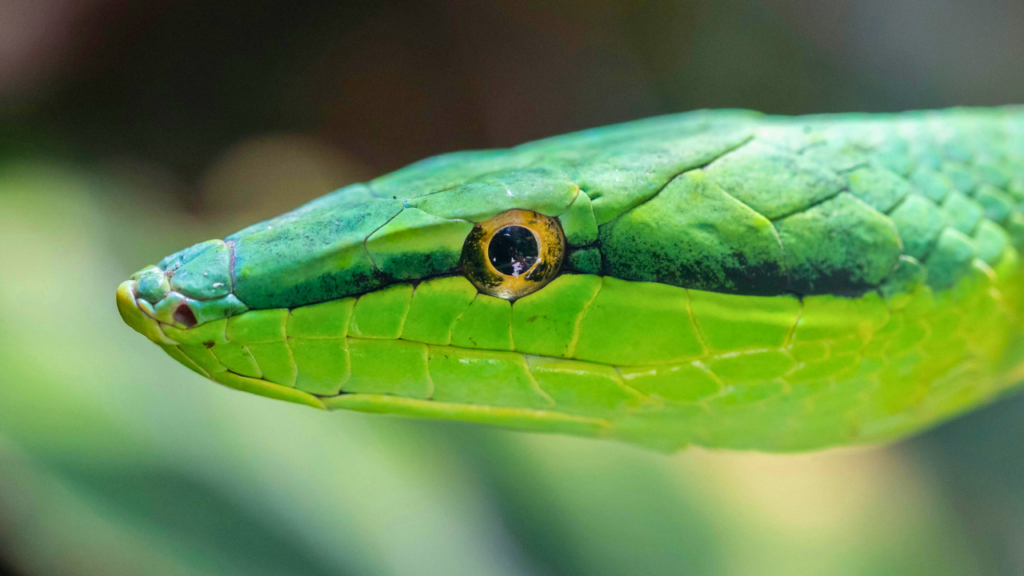
Many venomous snakes, such as pit vipers, have vertical, slit-like pupils, similar to a cat’s eyes. Non-venomous snakes often have round pupils. However, exceptions exist, like coral snakes, which have round pupils despite being venomous.
Look at the Head Shape
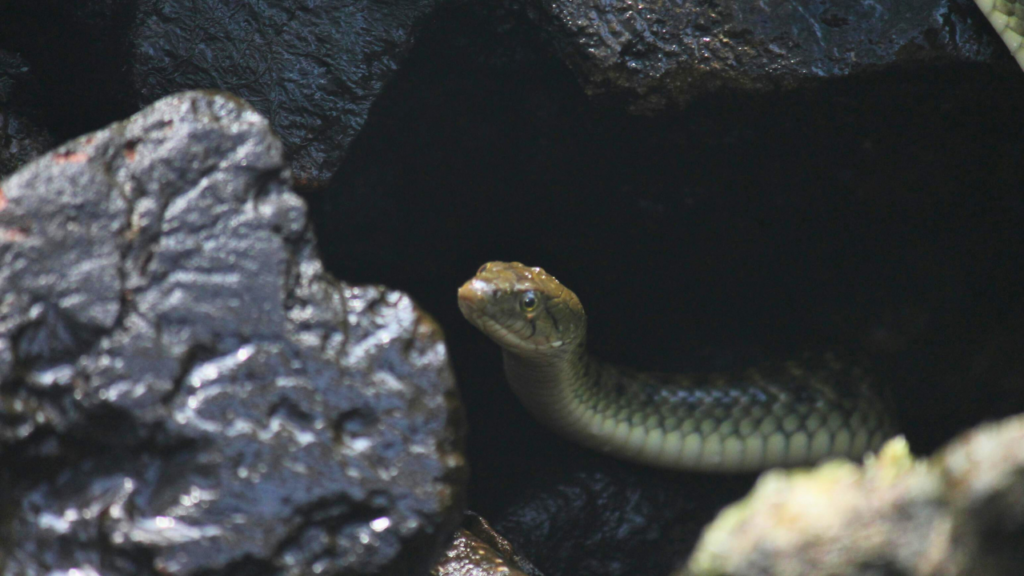
Venomous snakes often have triangular or diamond-shaped heads because of their venom glands. Non-venomous snakes typically have rounded heads. Be cautious—some non-venomous snakes flatten their heads to mimic venomous ones.
Notice the Scales on the Underside of the Tail
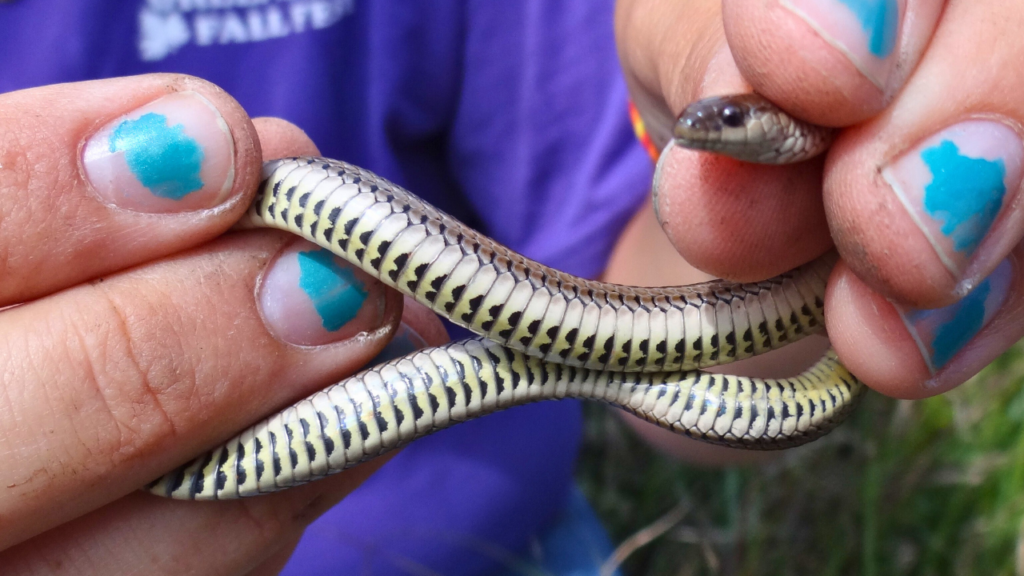
Venomous snakes tend to have single-row scales after the anal plate (a belly scale near the tail). Non-venomous snakes usually have two rows of scales. This method is helpful but not easily visible unless the snake is stationary.
Observe the Behavior
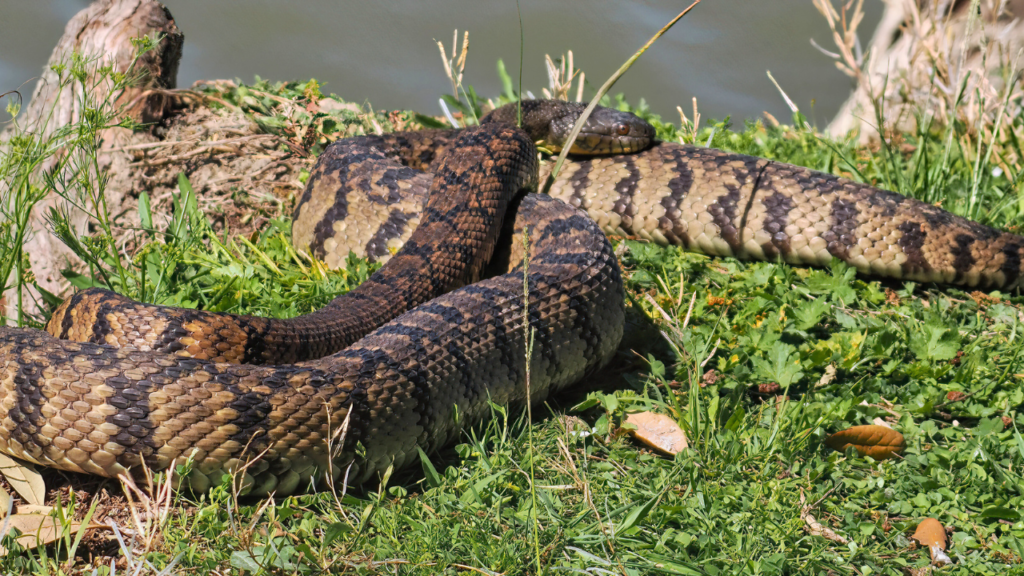
Venomous snakes often coil defensively and may rattle or hiss as a warning. Non-venomous snakes are more likely to flee. However, behavior varies, so don’t rely solely on this.
Examine the Color Patterns
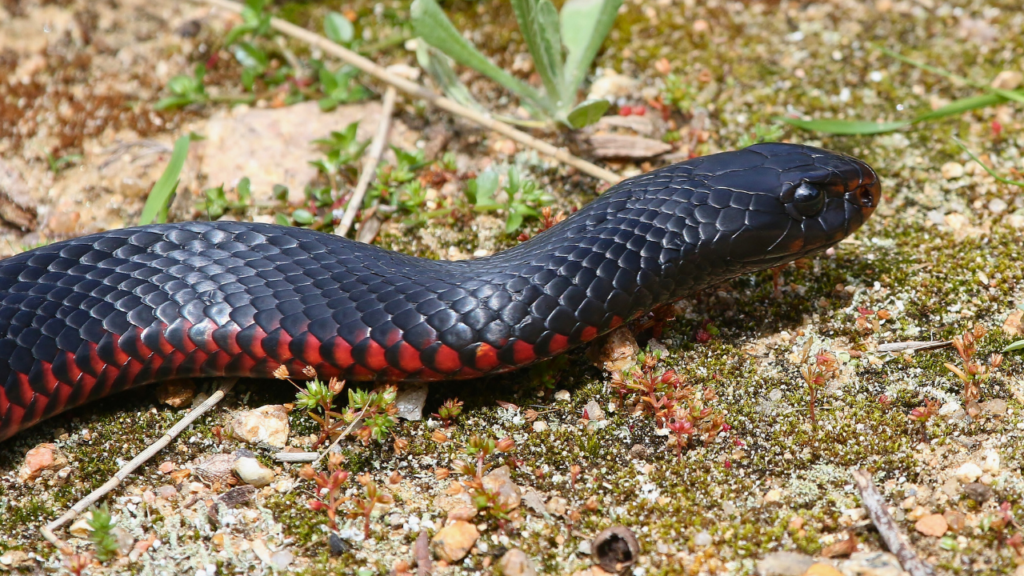
Some venomous snakes have distinctive color patterns. For instance, coral snakes feature red, yellow, and black bands. A common rhyme can help: “Red on yellow, kill a fellow; red on black, friend of Jack.” Use this with caution, as regional variations exist.
Check for Heat-Sensing Pits
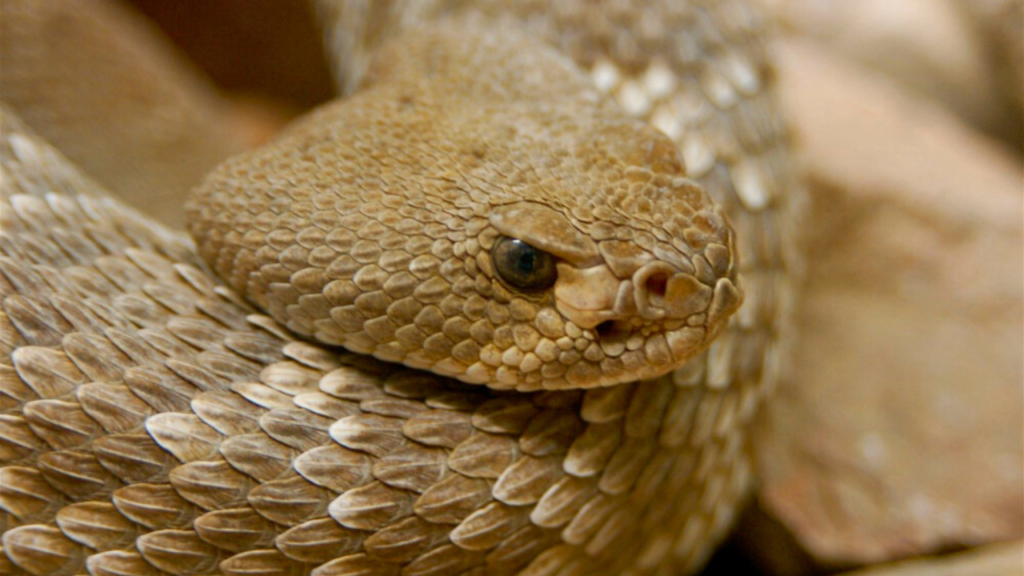
Pit vipers, like rattlesnakes and copperheads, have heat-sensing pits between their eyes and nostrils. Non-venomous snakes lack these pits. Observing this feature requires proximity, so always prioritize safety.
Learn Local Species
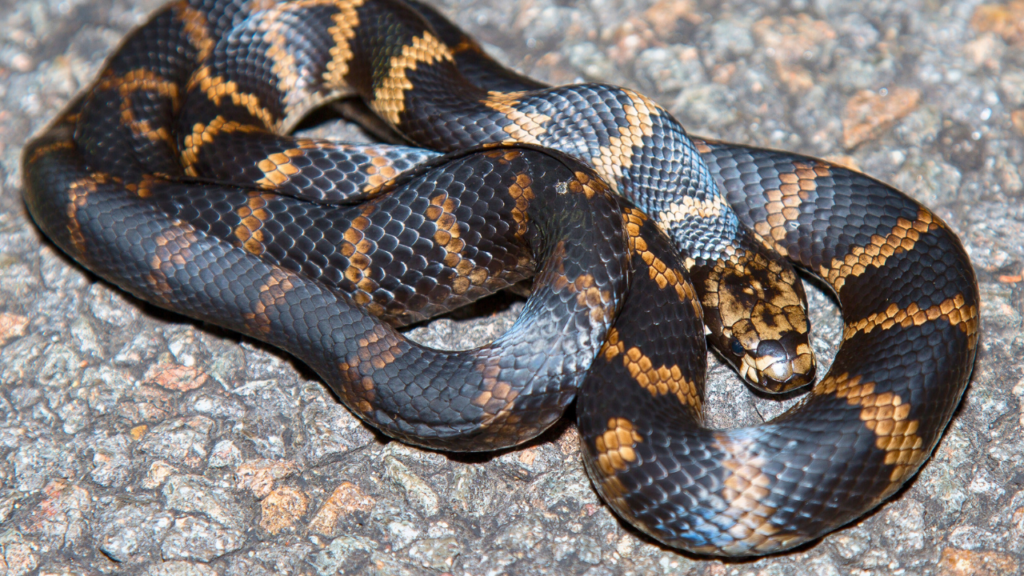
Knowing the snakes native to your area helps quickly identify venomous types. Research species common in your region and their distinguishing traits.
Avoid Reliance on Fangs

While venomous snakes have prominent fangs, spotting them is not practical unless you’re dangerously close. Use other identification methods instead.
Be Wary of Exceptions
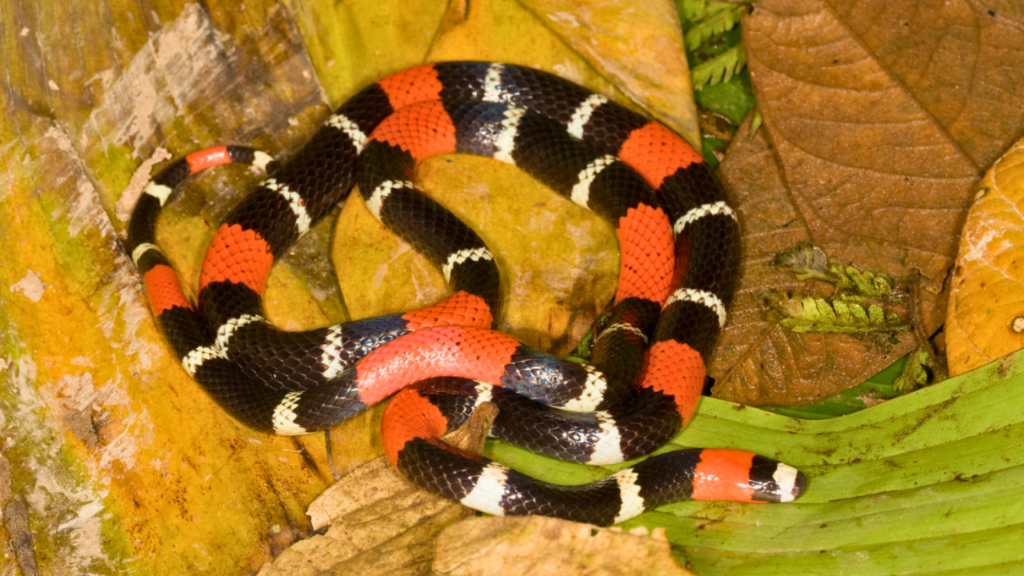
Some snakes break the rules. For example, coral snakes have round pupils, and some harmless species mimic venomous ones. Always assume a snake could be venomous if you’re unsure.
Maintain a Safe Distance
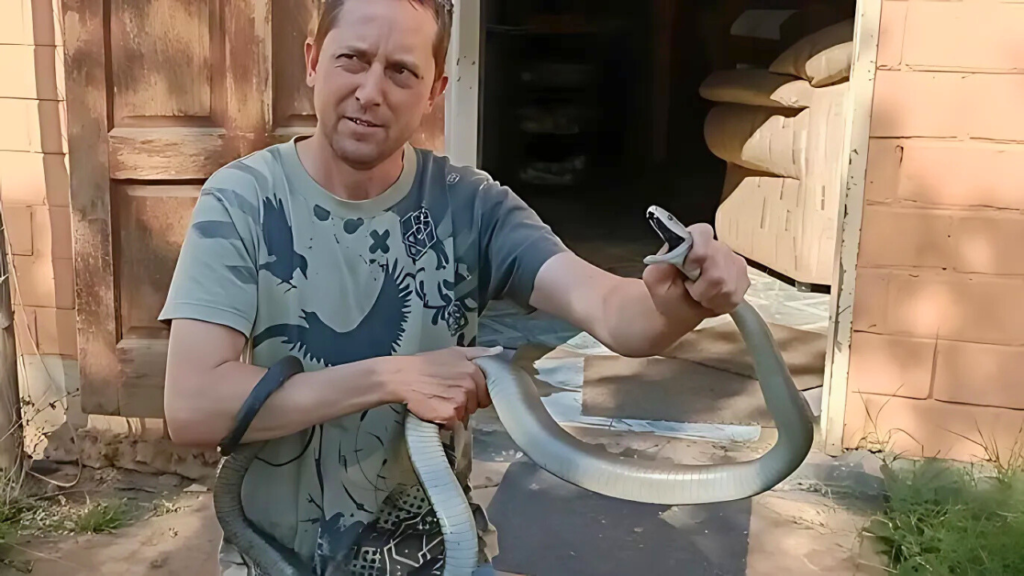
No matter the snake’s appearance, stay at least 6 feet away. Most snakes, venomous or not, will not chase humans unless provoked.
When in Doubt, Call Experts
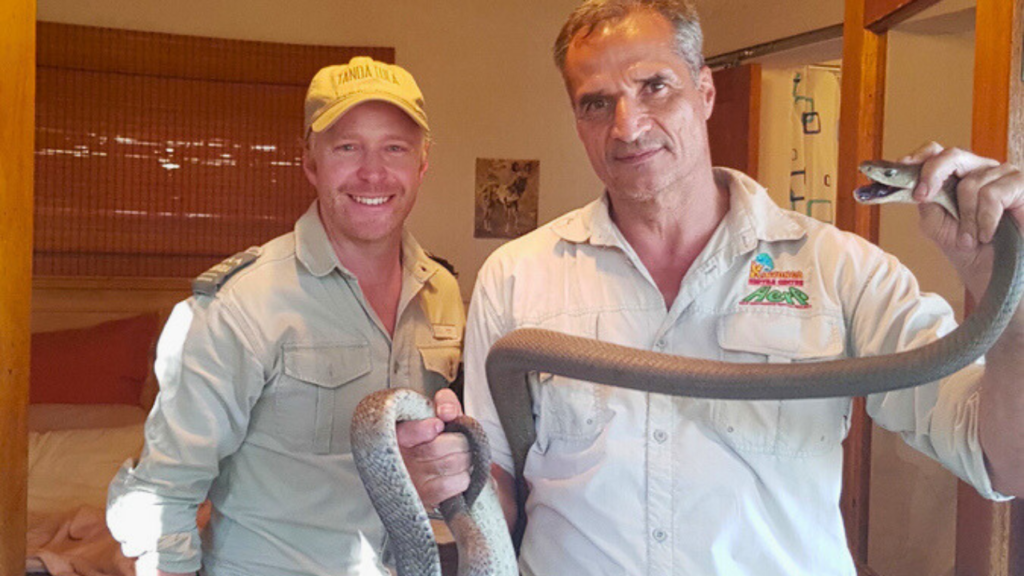
If you encounter a snake and cannot identify it, contact wildlife professionals. They can safely handle or remove the snake, keeping you and the animal safe.
Respect For The Snake
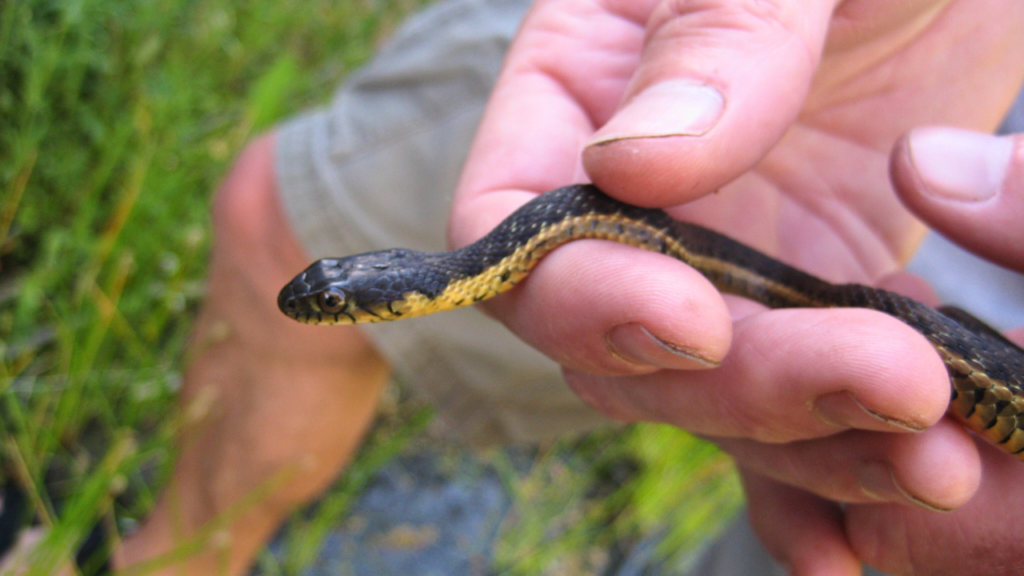
Identifying venomous snakes involves observing specific traits like pupils, head shape, and behavior. However, it’s always best to err on the side of caution. Respect wildlife and consult professionals when needed for safety.
Recognizing Venomous Habitats
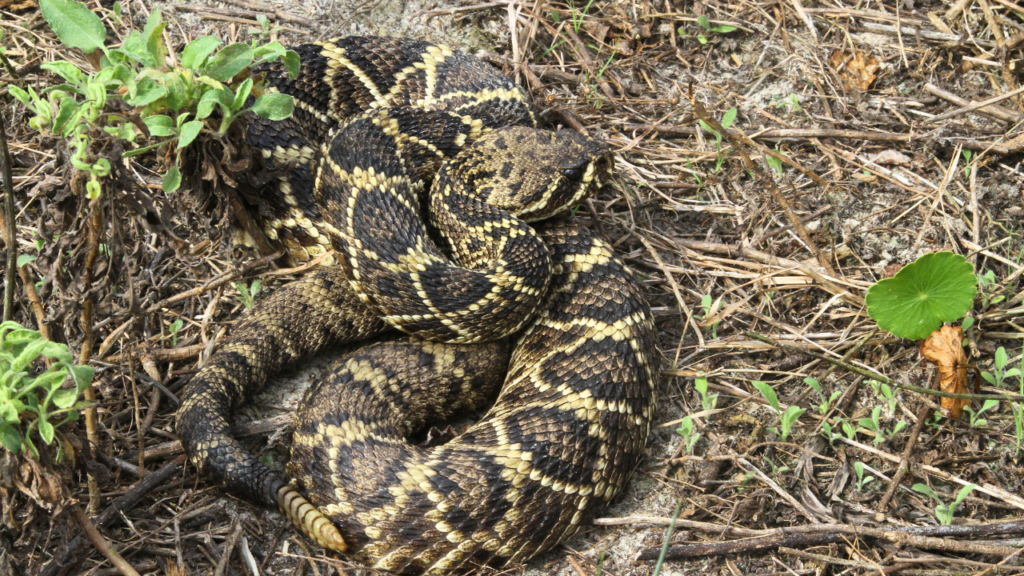
If you’re going on a hike or know you’ll find yourself where snakes could be, research the habitats of venomous snakes in the region. If you frequently venture into such areas, wear protective clothing and stay alert.
Source:







